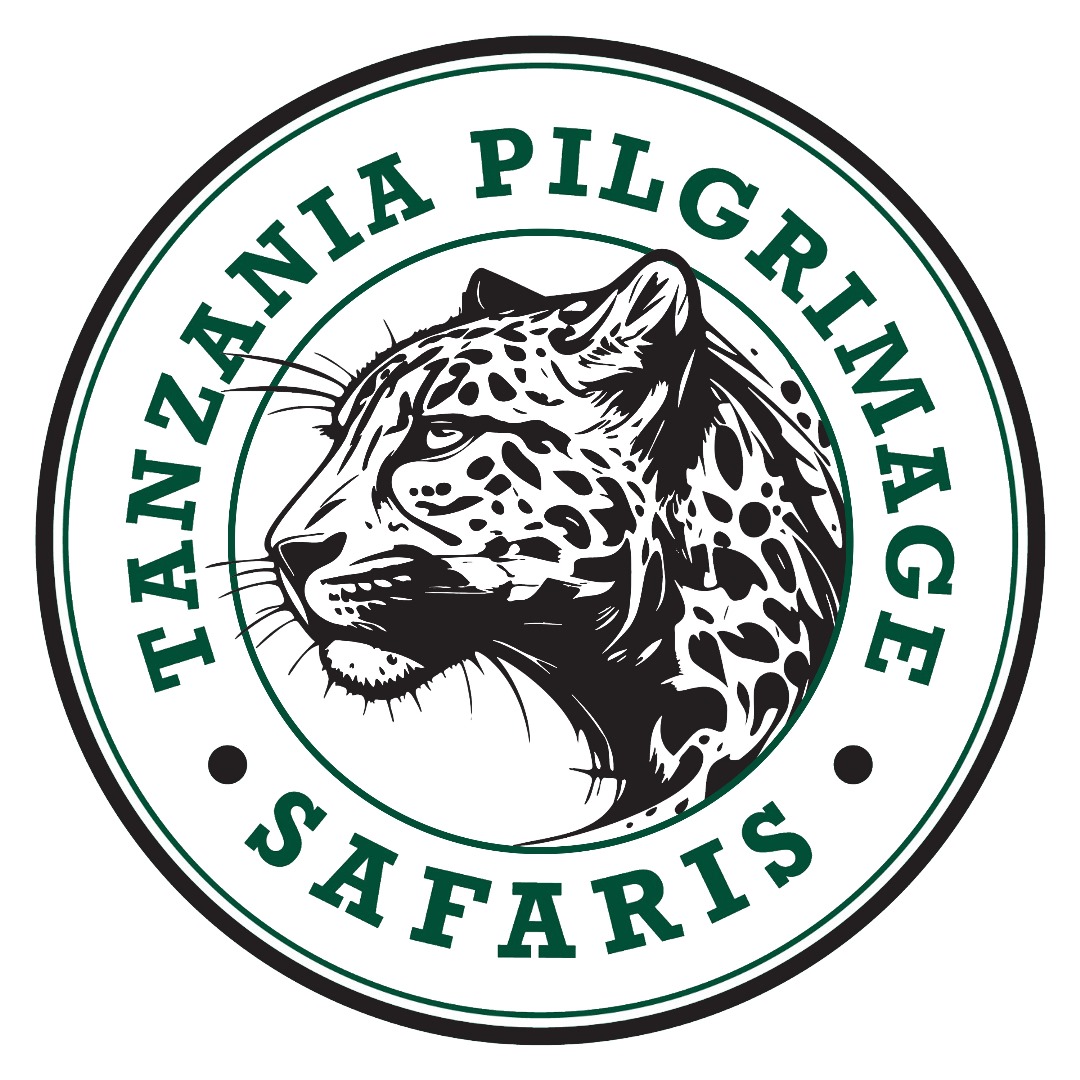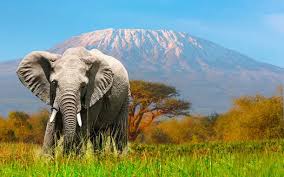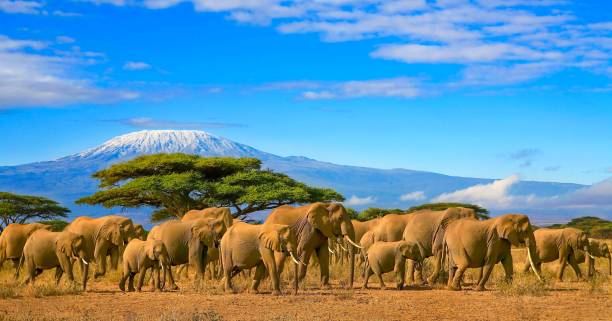Mount Kilimanjaro National Park
Roof of Africa Majesty: Exploring Mount Kilimanjaro National Park
Nestled in Tanzania, Mount Kilimanjaro National Park is a captivating realm of natural wonders, dominated by the majestic Kilimanjaro, Africa's highest peak. This UNESCO World Heritage Site beckons adventurers with its diverse ecosystems, from lush rainforests to otherworldly alpine deserts. Trekking through the park unveils a mesmerizing array of flora and fauna, including unique species adapted to the varying climates. Beyond the challenging ascent, the park's cultural significance and breathtaking landscapes make it a must-visit destination for those seeking both physical and spiritual elevation. Discover the awe-inspiring beauty of Kilimanjaro National Park, where the spirit of adventure converges with the splendor of nature.
About the
Mount Kilimanjaro National Park
If hiking to the summit of Kilimanjaro is not on your bucket list yet, it should be. Mount Kilimanjaro is the highest mountain in Africa, and the largest free-standing mountain in the world. Uhuru Peak, the highest point on the dormant volcano, your ultimate goal, stands majestically at 5,895m / 19,340ft.
Kilimanjaro NP is a beautiful area around the highest peak of Africa. Some of its main attractions are:
- Fulfill your dream and hike to the summit of the world’s highest free-standing mountain
- After you finished your trek to the top of Mt Kilimanjaro you can spoil your body by having a dip in the nearby Kikuletwa hot springs
- Immerse yourself in the local Chagga culture and visit the Chagga Live Museum and the nearby Chagga caves
- Relax at the beautiful crater Lake Chala, on the north-eastern slope of Mt Kilimanjaro
Mount Kilimanjaro has lured thousands of people young and old, from far and wide to reach its summit since the first recorded ascent by Hans Meyer, Ludwig Purtscheller and a local guide called Lauwo in 1889.
There are 6 routes to the top of Mount Kilimanjaro, with some routes partially overlapping the final stages and the Mweka route only used for the descent. Most people take between 6 and 8 days to reach the summit and come back down again, depending on route choice and fitness level.
The most popular routes are the Marangu and the Machame route. The Marangu route is the only one that offers the option of sleeping in huts every night. The Machame route is considered one of the most scenic and has a good acclimatisation profile.
Guides are compulsory and porters are available to turn this trek into a less arduous journey, even carrying portable toilets on the more luxurious tours. You do not need crampons and oxygen. However, falls, rock slides and altitude sickness can be fatal and should be considered seriously. Take as long as possible to make your ascent and use the advice of your guide and go ‘pole pole’, meaning slowly in Swahili.
Post climb you can soak your weary legs in the hot spring pools at Kikuletwa. Surrounded by large fig trees, it is a true natural oasis.
The Chagga people traditionally live in the foothills of Kilimanjaro. If you are interested to find out more about this local tribe you can visit the Chagga Live Museum and the nearby Chagga caves.
You can relax after your hike to the top of Kilimanjaro by taking a dip in Lake Chala, a crater lake on the south-eastern side of Kilimanjaro. Or experience the bird life there whilst out for a paddle.
Fly to Kilimanjaro NP
Kilimanjaro has an international airport with flights directly coming from many countries. Another option is to fly to Arusha airport. Most accommodation is in or near Arusha town and many trips to the top of Africa start there.
Book your cheap flight to Kilimanjaro with Tripindigo today and feel what it is like to stand on top of the world.
Drive to Kilimanjaro NP
From Arusha or Kilimanjaro airport you will have to drive to the start of your hike. From the gate of the national park you can start the hike to the top.
Depending on the route you take to the top, there are several villages that can be used as a base as well, for example, Marangu village which sits not far from the start of the most popular Marangu route.
The Kilimanjaro NP can be visited any time of the year. But if you have come to hike to the summit it is best to stick to the two dry seasons to ensure better views and more pleasant hiking.
High season
The best time to summit Kilimanjaro is in one of the two trekking seasons. The first one is from January to March (although at some point in March the wet season starts, so don’t go too late) and the second is from June to October. January to March is usually a little colder and gives you a higher chance of finding snow at the top.
Low season
April and May, as well as November to mid-December, are best avoided as those are the rainy seasons on Mt Kilimanjaro.


